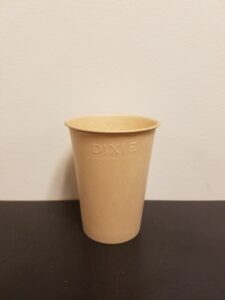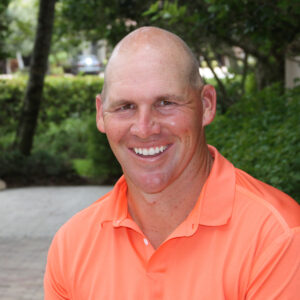This article is supposed to give an overview of modern content of tennis practice. It’s a result of my (Peter) practical experience as a coach on a national and international level combined with the latest research available in sport science.
Why do we need a new priority on the tennis practice court?
The evolution of tennis players has been enormous. The high level of performance is the result of higher quality in training and in planning. Therefore, we as tennis coaches have to ask for modern input for practices. We have to be open for new ways. Continuous learning throughout our careers is a must for us as coaches to be successful.
The development of the service is a good example on the evolution of the performance in tennis. Objectively measurable characteristics for the 1st and 2nd serve have improved during the last 20 years to beat the precision, number of aces, the ratio of winning points after the serve has increased a lot.
Following these findings there is another priority of practice.
So, what should the new priority look like?
1st priority is the serve, the return and the following 2 shots, 3 and 4 (Happens 70% of the time)
2nd priority is the rally, 5-8 strokes (Happens 20 % of the time)
3rd priority is the “so called” long rallies, 9+ (Happens 10 % of the time)
How do we do that on the court?
In practices look for short but high intensity drills with a good quality. That is far more valuable than having 30 minutes cross court rallies.
To have serve and return as a first priority doesn’t mean that you stop the so-called rhythm training, but there has to be more emphasize on the first 4 strokes as well as the rally length 5-8.
What is examples from Peter’s practice?
My (Peter) practice sessions start like usual with a little bit of hitting, so they get that “feeling” that the players are often looking for. Then the next drill is important. That should be a drill with serve and return. In that way it becomes a mixture of finding rhythm and doing the right thing on the practice court. Very often in the past, serve and return was always at the end of practice sessions. By practicing the serve and return last we are signaling that it’s not that important, but that is wrong. We have to prioritize the serve and return +1 more so it’s either in the middle or even at the start of the practices where the players are fresher physically and mentally.
The amount of emphasize on the serve and return is determined by your purpose of the practice. If you are working with a beginner, it makes sense to put a little more emphasize on developing the strokes and do more repetitions. If you are working with performance players, the emphasize should be more towards the start of the rally and what goes on in matches. In a match you very rarely hit the same shot more than once and that has the be reflected on the practice court.
Doing more serve, return +1 practice also allows you as a coach to give more tactical feedback to the players compared to technical, which I (Peter) think is important if you want to develop what I (Peter) call functional tennis.
With more emphasize on the serve – what do we need to be aware of as tennis coaches?
At first you have to prepare the body. It’s not a good thing to from one day to another put a basket of 100 balls to the players and let them serve. You have to from a young age prepare their bodies to be able to handle the load. Especially the shoulder is important. It’s a combination of developing strength and flexibility. When you then do practice the serve you go for e.g. 6 serves out wide for precision, power or whatever your purpose of the drill is. In between each serve the player is supposed to do his/her normal routine.
If you have practice session of 90-120 minutes aim for 60-80 serves per player per session and be conscious of getting breaks in between so the body of the players will not break down.


